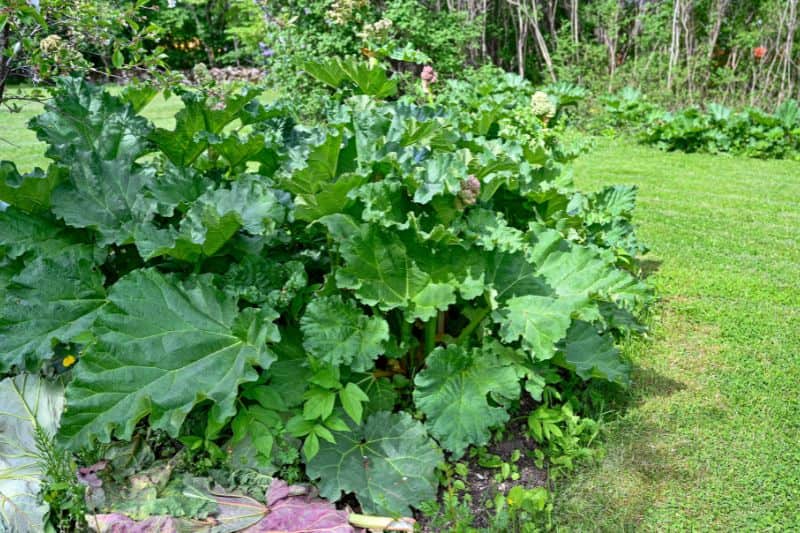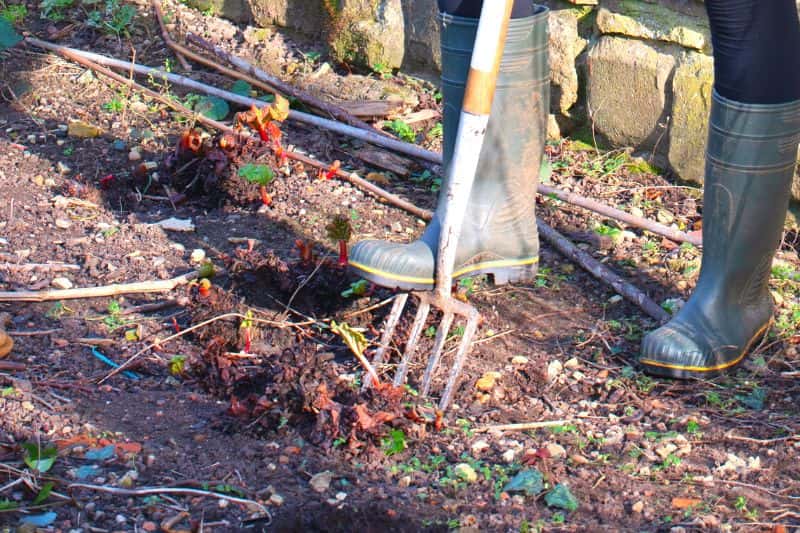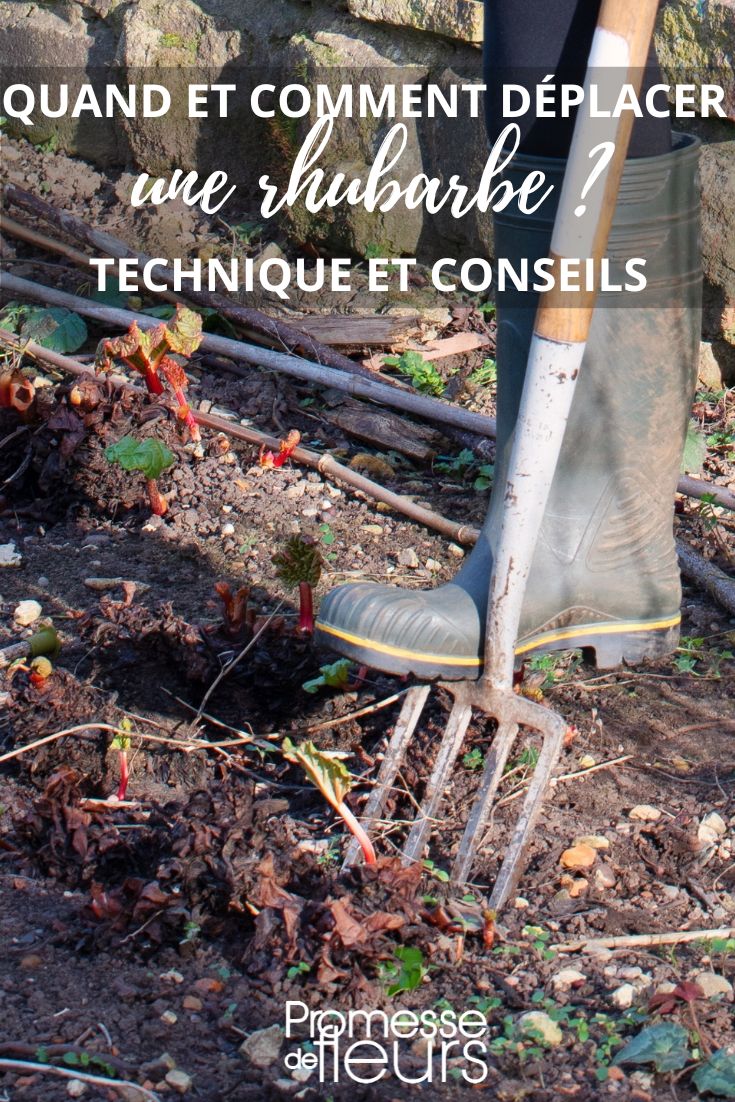Rhubarb is a perennial plant valued for its beautiful, colourful edible stalks, which are transformed into delicious pies and jams. But have you ever wondered when and how to transplant a rhubarb plant to encourage its flourishing and growth? In this guide, discover the essential steps, from choosing the ideal time to preparing the soil and post-transplant care. You will also learn about the benefits of this method, the necessary equipment, and the best practices to successfully complete this gardening task.

Why transplanting rhubarb?
Most of the time, rhubarb is transplanted to provide a more suitable location in the vegetable garden, often in a spot with gentle sunlight and well-drained soil. However, it may also be for a change in garden plans. But did you know that this plant also appreciates a change of place? Indeed, a rhubarb plant that has been in the same spot for years can become less productive and more vulnerable to diseases. This little "wandering" rejuvenates it and gives it a new lease of life.
Note: You can take advantage of this transplanting to divide your rhubarb and thus obtain new plants! To learn more, read our article: "How to divide rhubarb?".
When to transplant rhubarb?
The best time to transplant rhubarb is in autumn or early spring. The plant is then in dormancy, which reduces stress and promotes better recovery. Ideally, rhubarb should be at least 3 to 4 years old before being moved.
Steps to move rhubarb
1. Prepare the soil
Start by working the soil at the location where you will replant your rhubarb. It should be loosened, well-drained, and rich in organic matter. You can improve the soil quality by incorporating compost or organic fertiliser, which will also facilitate the plant's recovery.
2. Dig up the plant
Use a spade or a garden fork to gently dig up the rhubarb plant you wish to transplant. Try to keep as many roots intact as possible, as this will help the plant recover better after the move.

3. Transport and replant the plant
Once the plant is dug up, quickly transfer it to the new location you have prepared. Plant the rhubarb at the same depth as its original location. Water generously after transplanting.
Post-transplant care
After carefully transplanting your rhubarb plant, your work is not finished. Post-transplant care is crucial to ensure the survival and prosperity of the plant in its new environment.
- Start with generous watering, immediately after transplanting, to help the roots establish in their new soil. For the first few weeks, maintain regular watering without overdoing it to avoid root rot.
- We also recommend adding an organic mulch (plant-based), such as compost or straw, around the base of the plant. This mulch will help retain moisture and regulate soil temperature. You can also add a small amount of phosphorus-rich fertiliser to encourage root development. To learn more, read our article: "What mulch for the vegetable garden?".
- Monitor your rhubarb closely during the first few weeks for any signs of stress, such as yellowing leaves or slowed growth. If you notice these symptoms, adjust your care accordingly. This may involve changing your watering schedule or adjusting nutrient inputs.
Necessary equipment
- A spade or garden fork
- Gardening gloves
- Compost or organic fertiliser
































Comments